
- "Life has been looking at us on the sidewalk." The distress of the 80-year-old woman was nailed to Josune Zubeldia. Five women of different generations have taken the floor to talk about the struggle, change and evolution of women in dances, popular groups and rituals. Elurre Iriarte, Josune Zubeldia, Izaskun Beraza and Saioa Zabala shared their experiences under the direction of Amaiur Aristi. Aristi has commissioned four photographs from each rapporteur in order to review the dance trajectory of his people from a gender perspective. Contextualized, the experiences themselves have become manifest, from where do we come from and where do we go?

Light after the storm
“I spent all day of Arizkun dancing in the square, but I couldn’t get into the mutil-dantzak, and I couldn’t understand it. But since then things have changed, now is the time to enjoy and it is worth it." He says that they have achieved the goals, "we have turned normality into a ritual of equality into a custom that came from patriarchy." Elurre Iriarte (Arizkun, 1972) has been dancing since childhood in recent years in the Plazara Dantzara group from a "struggle and claim". After the toughest years, he says he is enjoying in recent years.
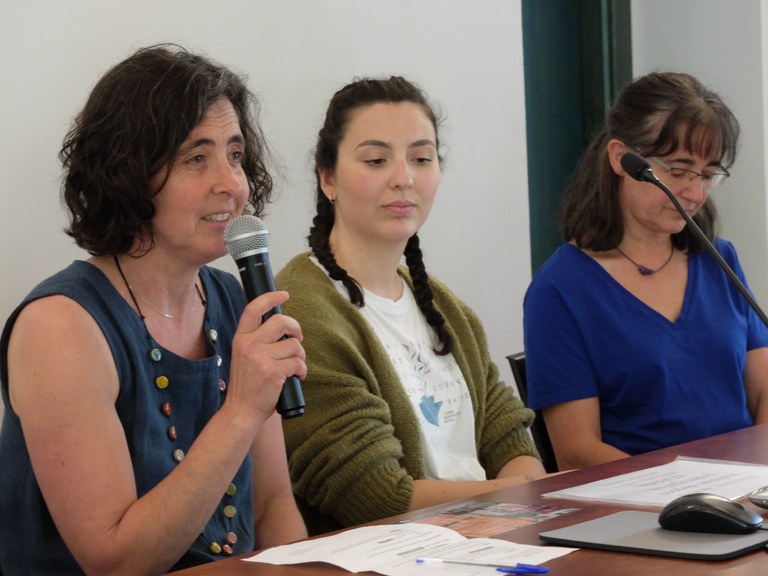
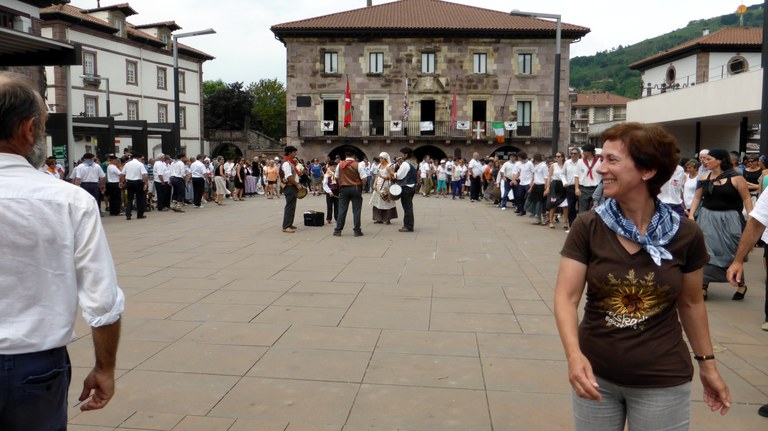
“When women did not dance, I felt discomfort. We had the professor at home and we received a lot about the dances, but then we could not dance”, Josune Zubeldia (Lizartza, 1968) has come as the representative of the Otsalar dances group of Lizartza. In 2004 popular carnival danced for the first time, “we bring out two mixed groups of carnival and today we are more women.”
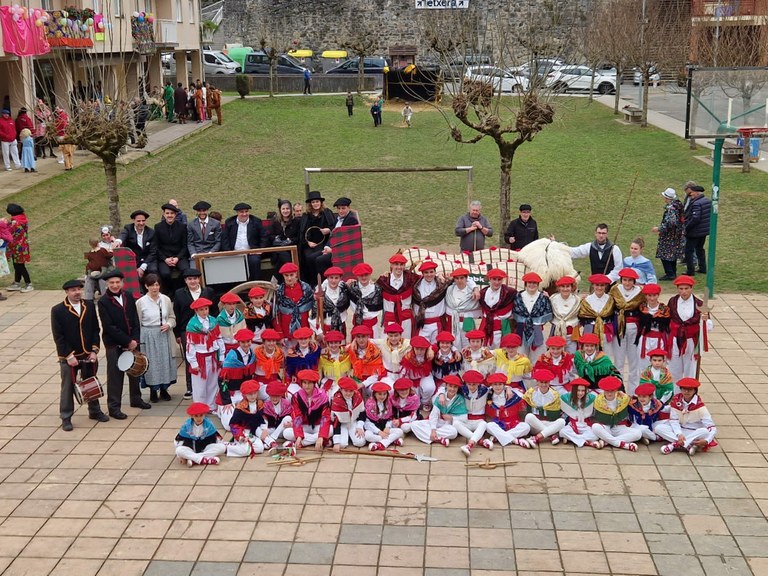
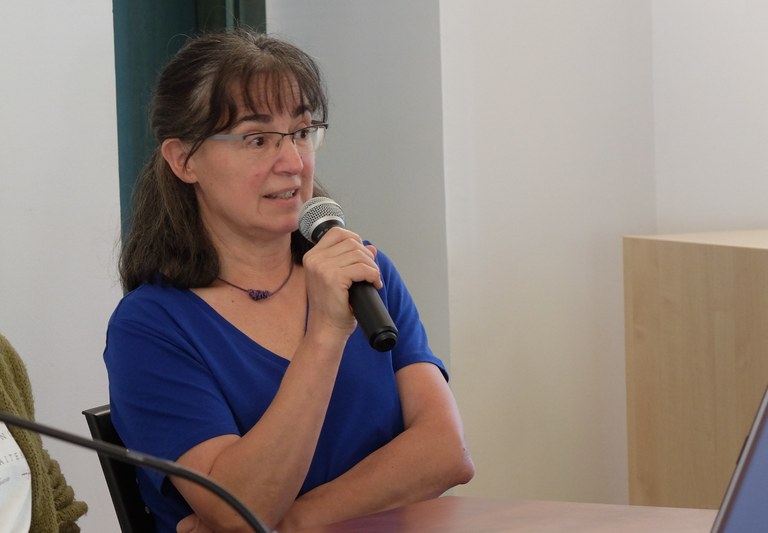
"I was invited a lucky day to the dance of the axery," says Izaskun Beraza (Andoain, 1984). Since then he is part of the Axeri-Dantza dance group, in recent years he has worked in the motor group and as a leader. Beraza says that when she came to the axeri-dantza the participation of the girls was deeply rooted, “and so it goes, the young people of 16 years ago, both boys and girls, join us with enthusiasm and dedication”.
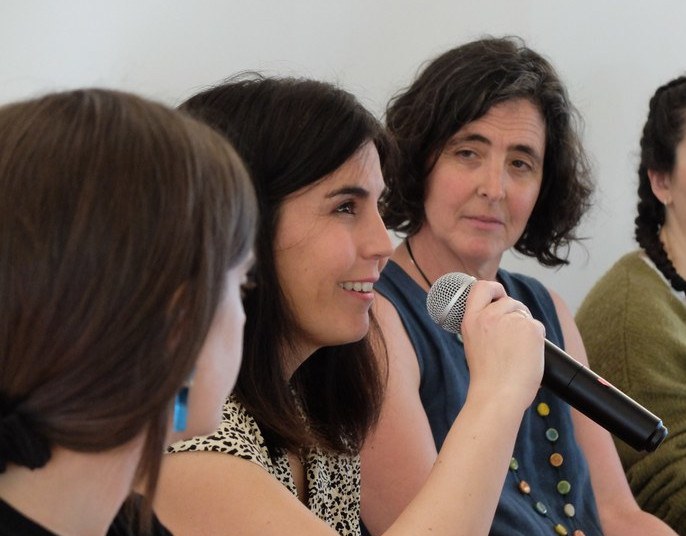
"The subject of alarde has been relaxed, reinforcing feminism and that has also been reflected in dance," says Saioa Zabala (Hondarribia, 2000). His hobby for dance comes from the family and began in the group of dances Adaxka, Kemen quarry. She currently dances in Kemen and the management team. With great effort and wear they have managed to get boys and girls to throw together and without gender distinction.
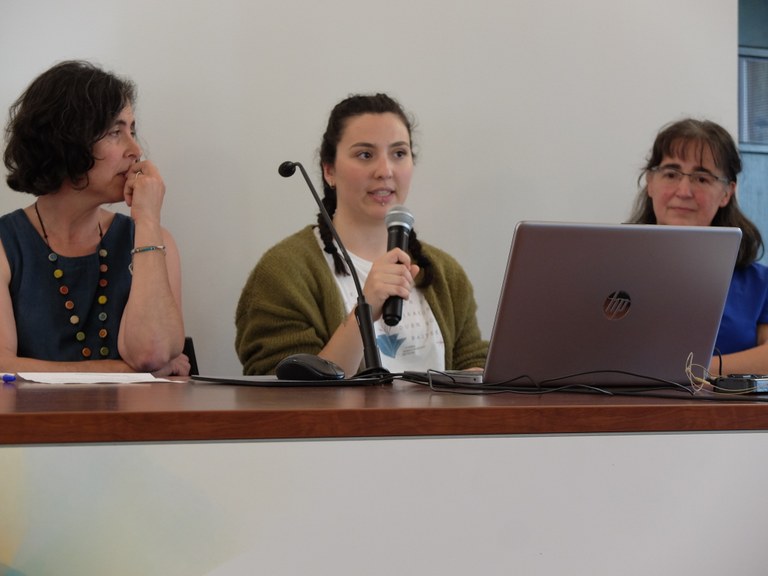
From second to first
Zubeldia tells her that she will never forget what a woman who will be 80 years old said at a recent meal: "Life has been looking at us on the sidewalk." Currently, four 60-year-old women study dances, "it seems that in their day they could not study and stopped inside". Zubeldia herself also has a spine.
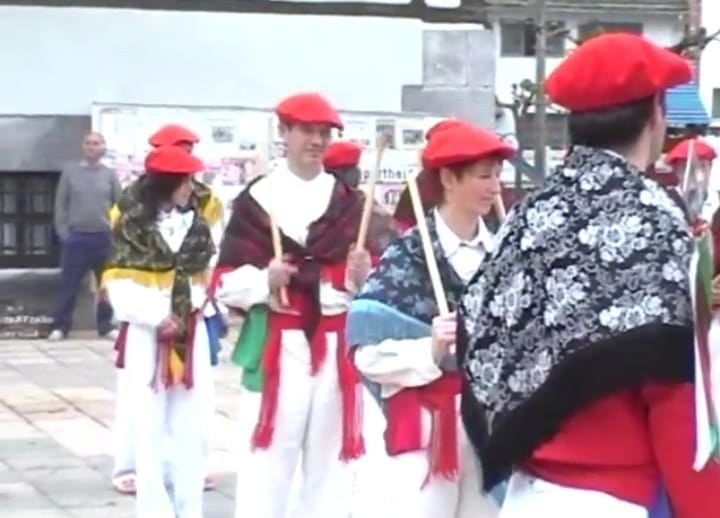
Since 2004, boys and girls danced together, but ten years later, in 2014, they were invited to dance the Big Week of San Sebastian to the Plaza de la Constitución and "there it became apparent that the girls gave us the holes, because to go to Donostia the boys needed. It seemed that in times of war everyone is needed, but when you have to lengthen no. So we had problems with each other, and at least we got two girls in." Since then, another ten years have passed and in recent carnivals have brought out four mixed groups.

Zabala joined the adult group in 2016 and the process of gender reflection had begun. It was noted that people began to change their minds and at the general assembly of 2021 three gender issues were voted: to continue with the initial decision on local dances, that is, if girls dance in the appropriate locality, to do so as well, and to make public in a mixed way the brokel cycle and the soka-dantza of the day St. John of Irun Eve. It was also informed of the intention to recover the ezains-dantza and the decisions made, which would automatically be mixed, "made by garments without gender marks. We've started doing mixed trials, and that's triggered other dynamics within the group."
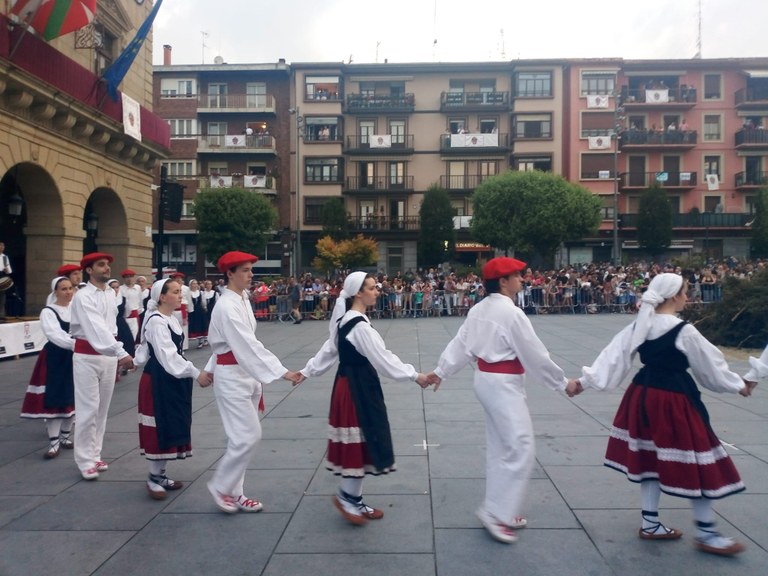
"In 2000 women left axeri-dantza in Andoain, but cooking started a couple of years earlier. Several young people presented a trial. In principle open trials, but only for men. It was agreed that this should be done more calmly and they were told to return the following year." Beraza believes that men thought it would be a tantrum of feminist women, but the following year they reappeared and finally prepared and left for the plaza.
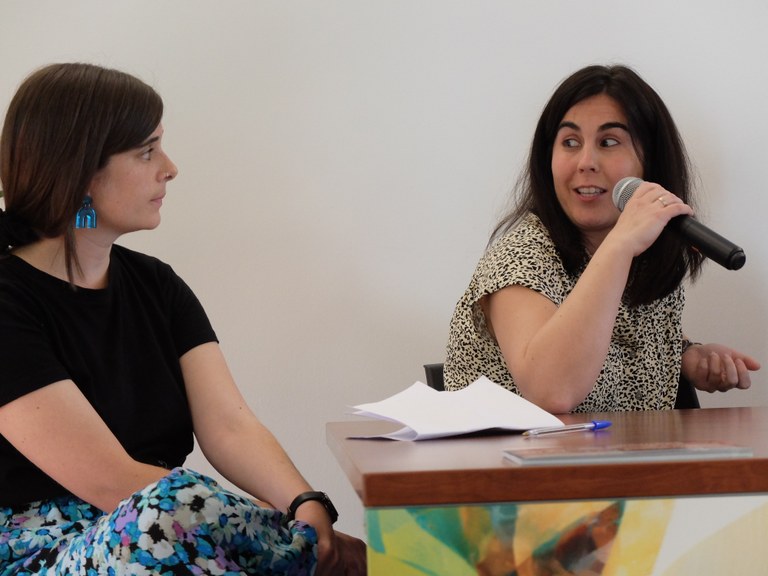
In 2011, five new people, four dancers, two women and one of them, as well as the mayor, joined the mayor. Therefore, by inviting the plenary to the jury mayor to participate women in all places was guaranteed. In addition, this municipal group said that exclusionary txistularis would not be subsidized.
On all shafts
"For me it's been something that happened very naturally, but I know there were incidents at first. In Andoain the personal pains have been safer than the public pains,” says Beraza that the conflict did not erupt in the plaza, but he knows that there were tensions at first. He was a teenager who lived the first few years from the distance, but has often heard older experiences.
In Baztan the theme reached the plaza. Iriarte says that some women started dancing in their villages and each had different answers: "some insults and aggressions, but others have danced naturally." He says that in 2009, each of them individually and in their village, got into every seat. So one of the attacks was to stop the Txistularis, "we didn't dance, but our presence was there."
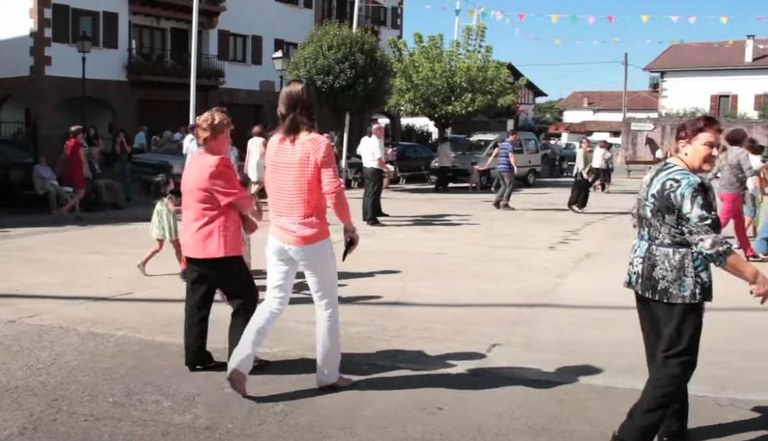
Iriarte says that with the 2011 municipal group it was possible to finish the issue, but it was not so, "the men who practiced the exclusion decided to organize it and try to privatize the dance. To this end, they created the dantzaris group of Baztan and we, the Plazara Dantzara group." Start campaigns, information, diagnostics... The boys and girls presented themselves as the spectacle of a group of dances, but they were clear about the discourse of Plazara Dantza: "We will not accept exclusions on a public road." Then they started dancing the school, the private garden or the church porch. "Some years we didn't go into church because it's private, but then we saw that we couldn't accept that traditions emerge like this."
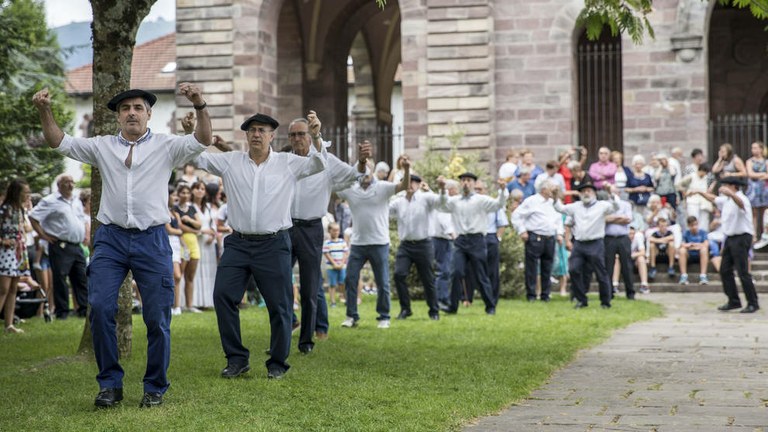
In the mouth area of the Bidasoa River, women are also affected by the participation of women at parties. Zabala considered it necessary to locate Kemen in its territory, "it is the dance group of Hondarribia and Irún, where tradition and gender are open conflicts in the last 30 years". The conflict around the alarm has been reflected in the group of dances, since within the group there were different opinions about the participation of women in the alarm, "we have not been able to differentiate the conflict from the alarming of the dance of gender". Therefore, the decisions taken in 2021 were not shared by everyone, "one consequence we have had in the group is that people have left the group. Others don't dance with new clothes, but they come from time to time. We are very accustomed to bragging and such attitudes, but when I started preparing the round table I began to balize that the group's friends prefer to be spectators than to dance with the hand or the sword."
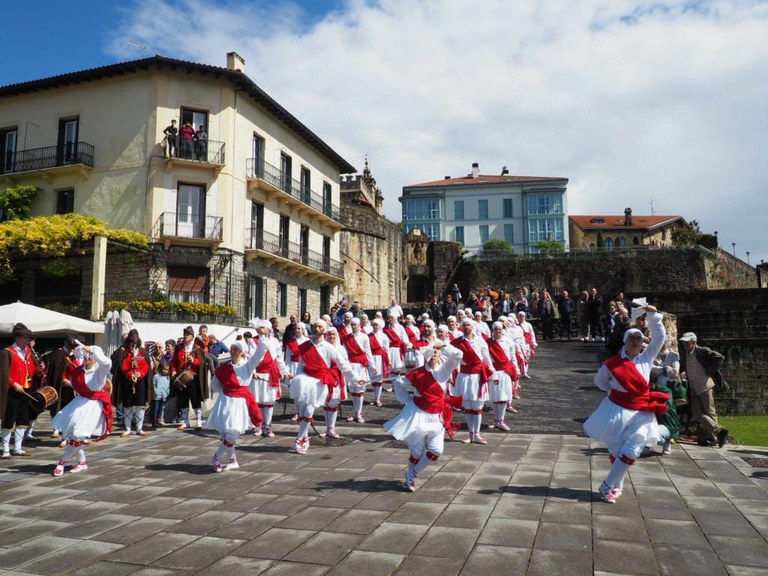
The situation is tough, but they were clear that in making the change some would leave the team. The dynamics of the alarde and dance group have been difficult to distinguish, but there have been no problems facing the people: "When we have brought them out there has not been the question of the change of ezek and soka-dantza. They find that we went out with another garment, right after two years of stall after the pandemic, the boys together and there was no reaction." They have had a long process of conflict and reflection within the group, but the result has been very positive, "it seems that ezek is taking root. They have not questioned it and recognized it without realizing that we have another kind of conflict in the people."

Aiora Fagoaga is also a member of Kemen and has the floor: “In our people any other social conflict cannot be compared with the alarm, then neither can dance. That’s why I think citizens have separated it.” And he added that the new generations have separated themselves from the conflicts that have come from a long time and that this fulfills it, “I give dance to the six-year-old children and I have a very excited child to make ezek. He doesn't remember prepandemic parties. For him there has always been ezains-dantza and soka-dantza in which the girls have always participated.”

We are talking about the common heritage.
The dances, the parties, the rites... are of the people, therefore, how to leave out much of society? The rapporteurs understand dances as the heritage of the people and feel them very own.
I regard them as a heritage that we have received from our father to give substance to the dances that were created in Lizartza and the group of dances." Lizartza has ten own dances and a dance string, "for example we know that our great-grandfather, born in 1867, danced the carnival dances. Our grandfather, my father, my uncle -- men have danced." The group that appears in the 1985 photograph began in 1956, "to recover our grandparents and dances that were interrupted during the war, they taught them. Then these people and especially our father have taught their descendants."
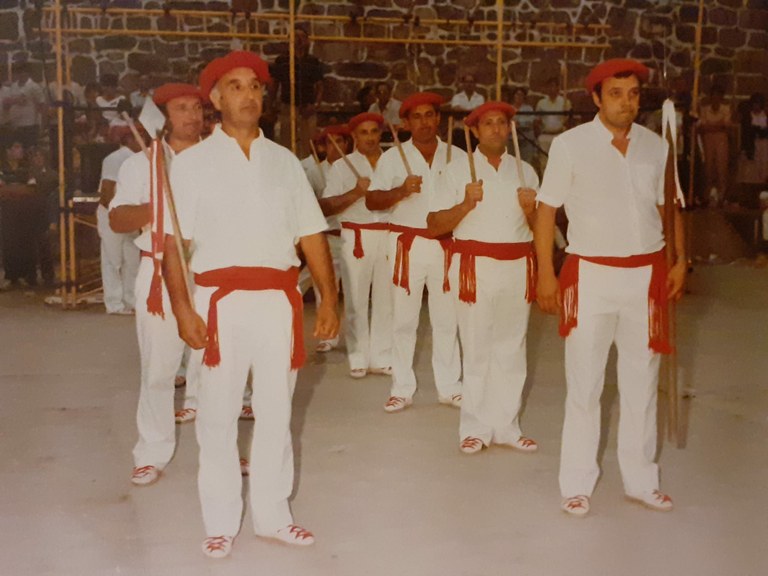
Iriarte explained that the mutil-dantza has had a great presence and prestige at the Baztan festivities. The mutil-dantza performances are held from May to October, with a total of 40 sessions. They dance at sunset and at noon on the big holiday days. The grand day the jury mayor invites the plenary. Before the Corporation is danced, after the Mass, in the town square. As in our culture and as in all traditions, except for exceptions, states that men have danced, "solemnity, power, protagonism, prestige have been brought by men and in this situation we have begun to enter the plaza". After many years of ups and downs, in 2023 there has been no exclusion in the entire Baztan Valley, but it remains to be done, "now we have to do a repair, a historical memory and accommodate the mutil-dantzak. Appoint and create a school of non-material goods. In schools, the mutil-dantzak should be taught."
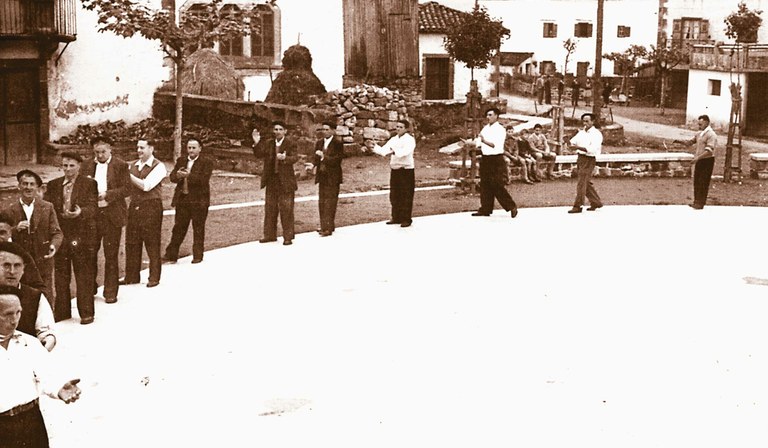
We are talking about a living heritage and evolution is often a sign of vitality. Beraza explains that dance has undergone other changes beyond gender: "Fixing the soka-blackmail, the way of dressing... sometimes we will get it right and others won't, but we're getting drawn. Boys and girls in front and full square." They are clear that many approach the excuse of juerga, "but we take advantage to account for our heritage, we put the dances to study and then all to the plaza." They are not an official dance group, “but we live tradition as a generational transit school. We are doing a job because we want the axeri-dantza and the young people who have never left the plaza also make a huge effort."
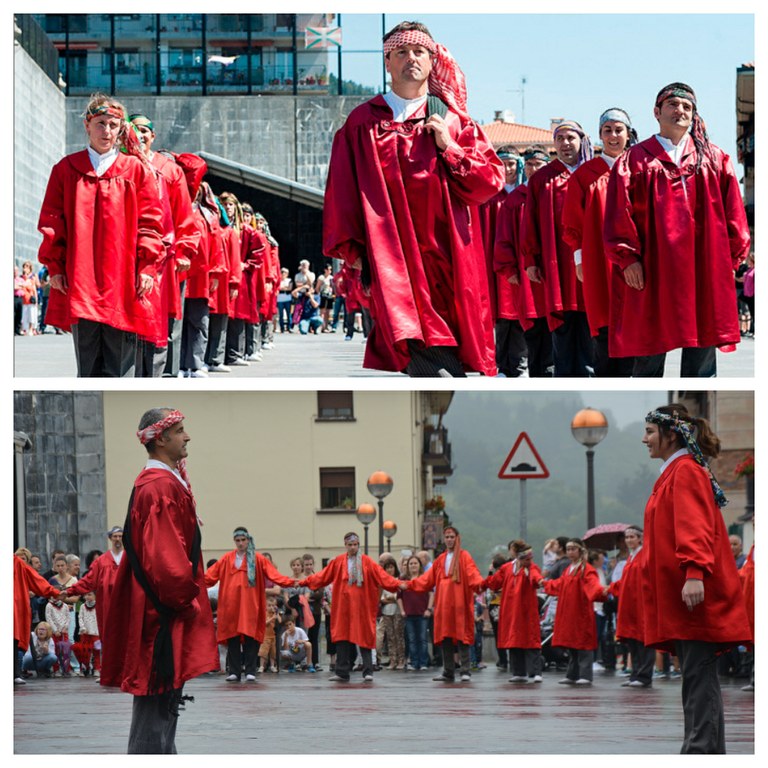
The impetus of household women
"In Lizartza the children of all the houses were going to study dance, so it has been broadcast year after year, generating." In 1993 it was decided that the dances of carnival should be recovered, because the dances were kept, but not in the context of carnivals. Thus, they recovered in 1994, but only men danced. If the Zubeldia had four daughters at home and could not follow the family tradition, "we always asked their father when we should study. Our father always did, but... he was afraid, he believed that if he started in the village they would think it was in their own interest." He says his father was very special and open, and he didn't like to limit the participation of women, but he was very concerned.
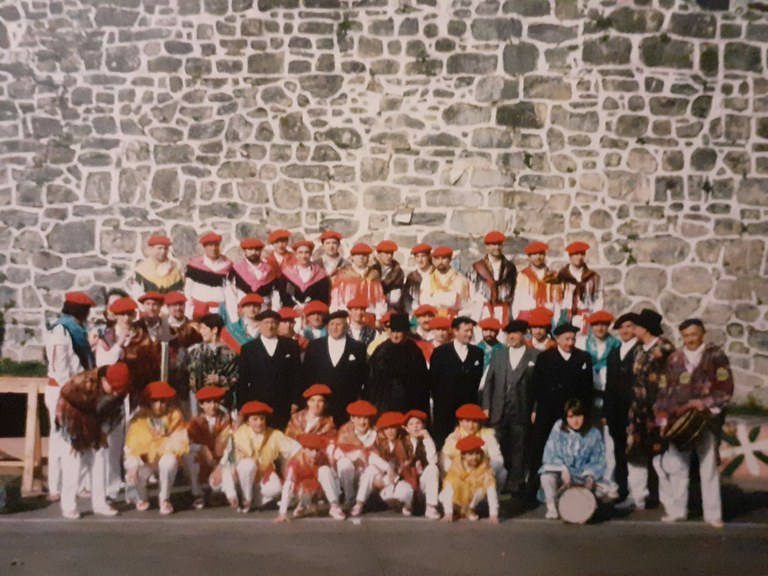
Beraza has already commented that the confrontation did not go to the plaza, but some decided not to dance, "we did not deny them, but we stopped participating". Juantxo Arrangi, then boss, decided he would go on, "He also had wife and daughter at home and they also had something to say."
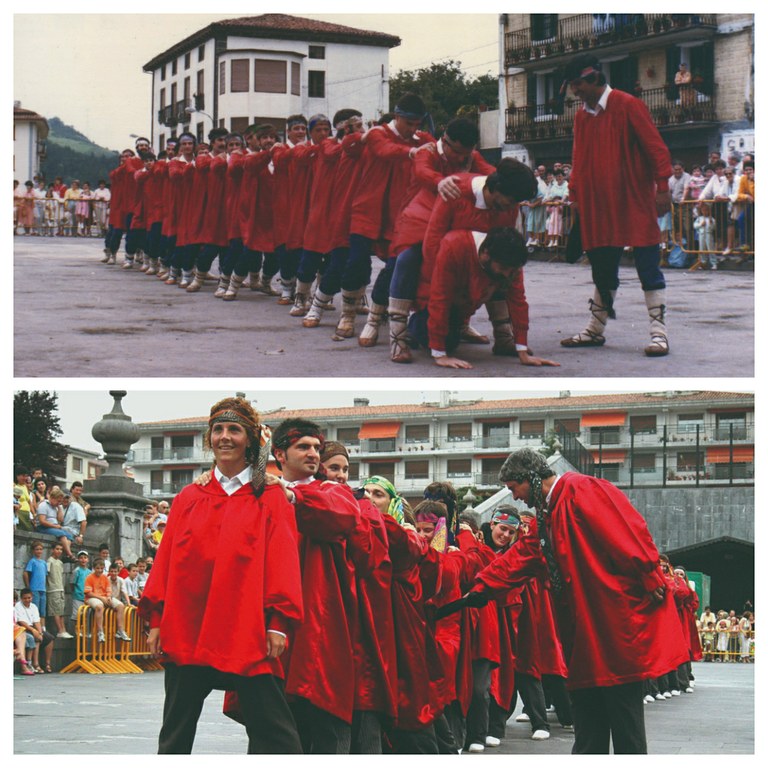
In the participation of the listeners, general reflections and personal experiences have been interspersed, among them that of Julen Fagoaga, who lived closely the gender conflict in the mutil-dances of the Baztan, "I did not understand at first, but there was much reflection, debates, tertulias... and then I realized that my colleagues were fighting for a right that I had to be a man".
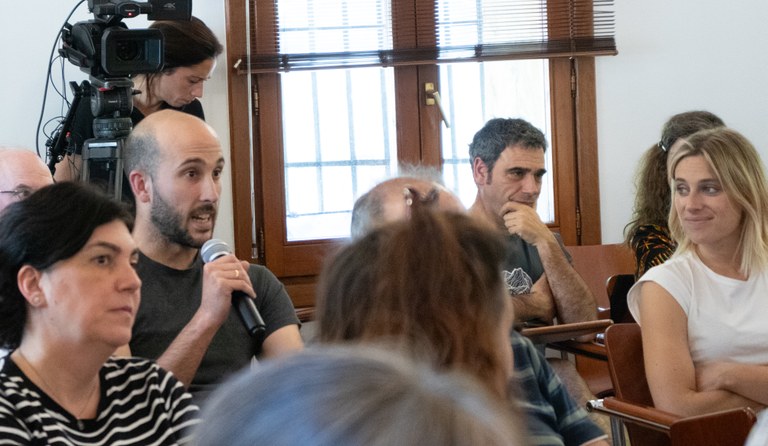
Where are the men?
Iriarte sees that some excluders will always be there, but he wants to look at the positive part. "Today there is no discrimination and it will be the model that the children of today will take. Today, women dance more than men and that has consequences, "lose prestige when women invade spaces of power, mutil-dantzak are not so important now. Some decide not to dance, not appear in the plaza, or study...". At the moment, he does not believe that someone is teaching and studying mutil-dantzak and believes that the situation is serious, because he knows how important parties are, the codes... for the community.

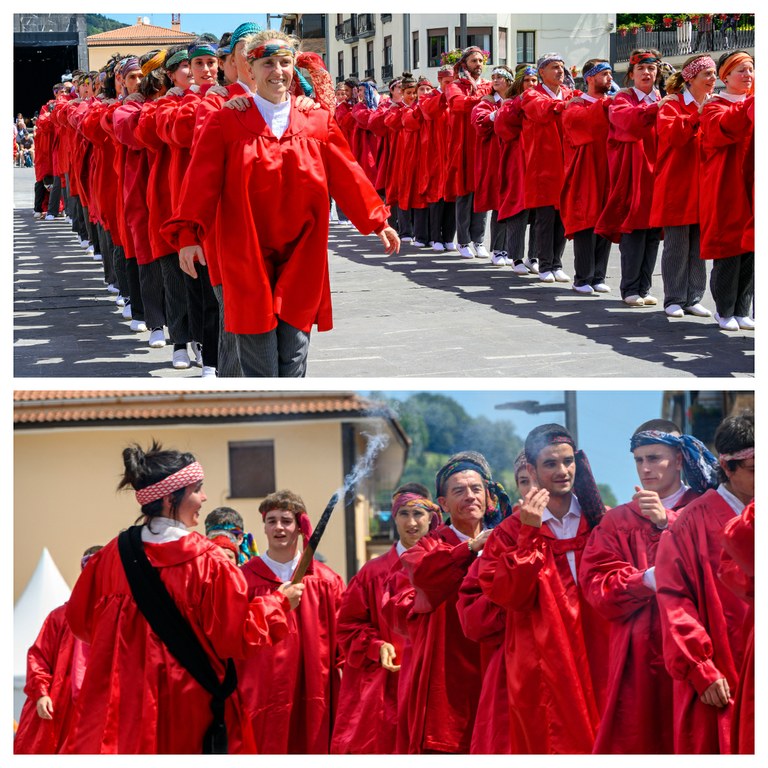
At the time when women asked to participate in Andoain it was hard to get the boys together, "Juantxo recalls that in recent years men were calling by phone to dance." The girls started dancing and gradually an executive group was formed, in which people had collaborated from the beginning.
Today, most of the young people of Lizartza know the dances and make sure that the new generations come with desire. He considers that the world of dance is really interesting, as when women have come to light they live with men, which is not the case in other areas, "in football they spread balls. They dance together and that's very good, now the key is how to make it attractive to kids, because those who are now limited are boys."